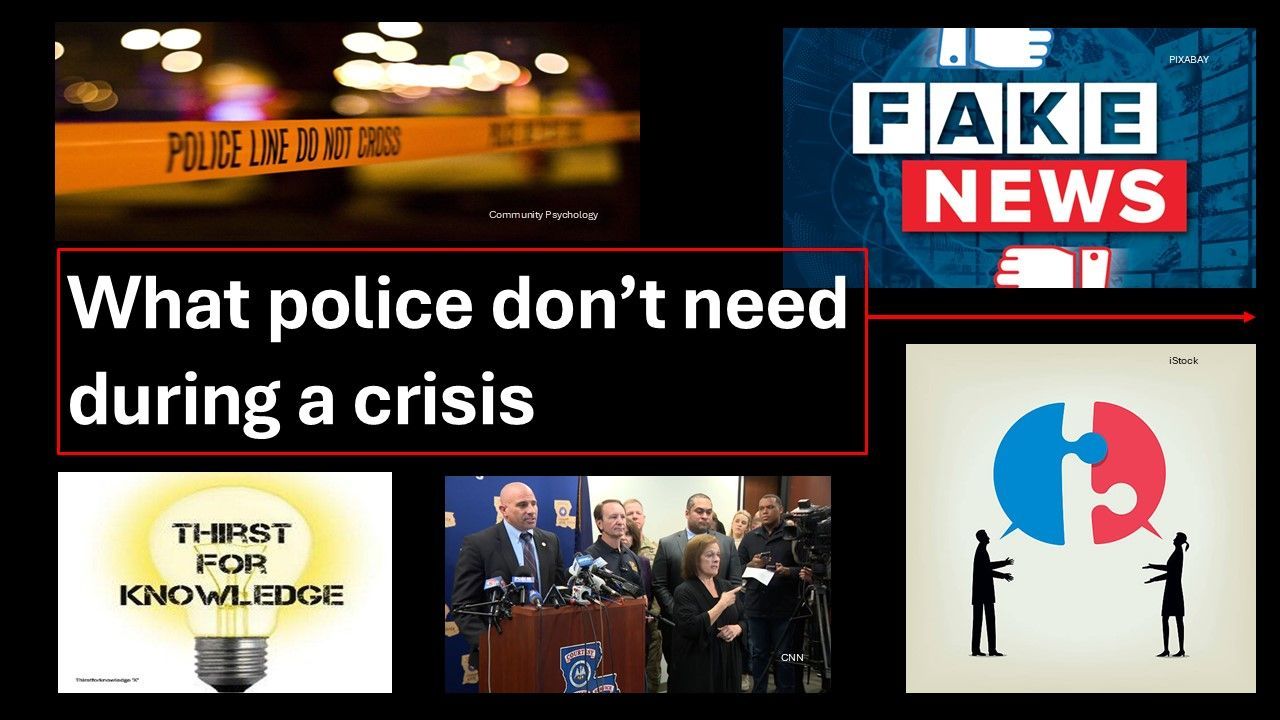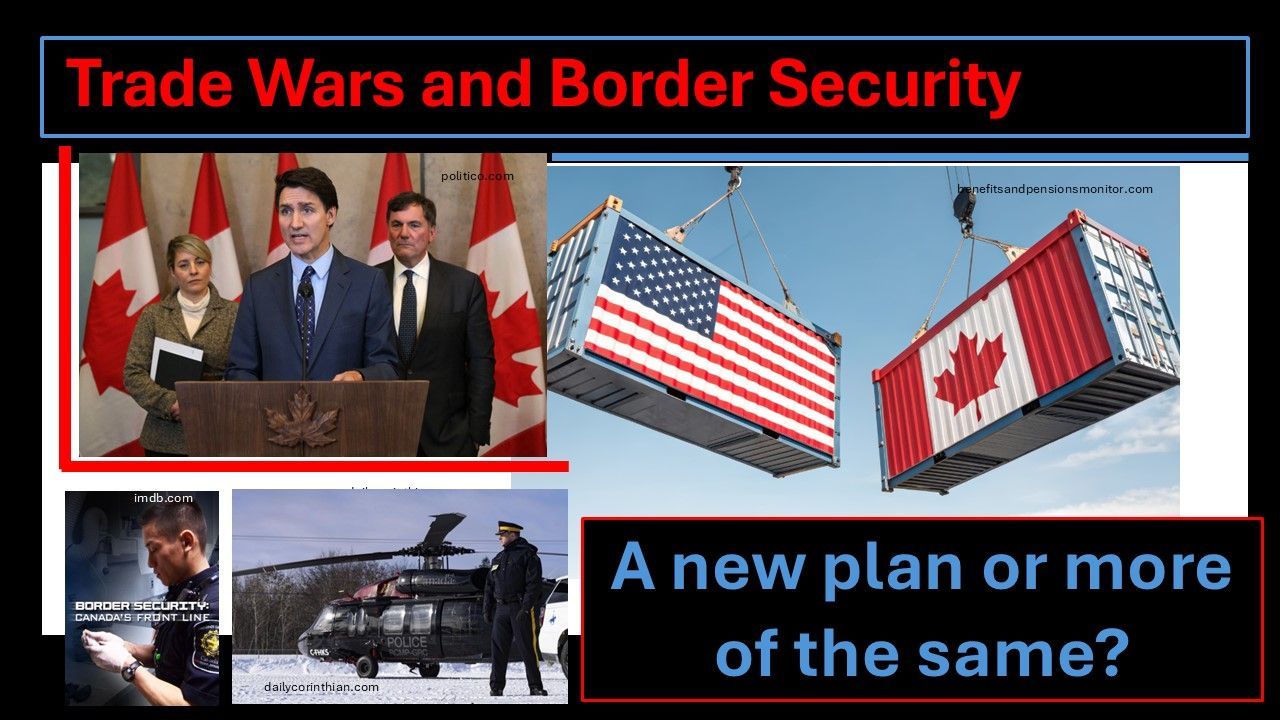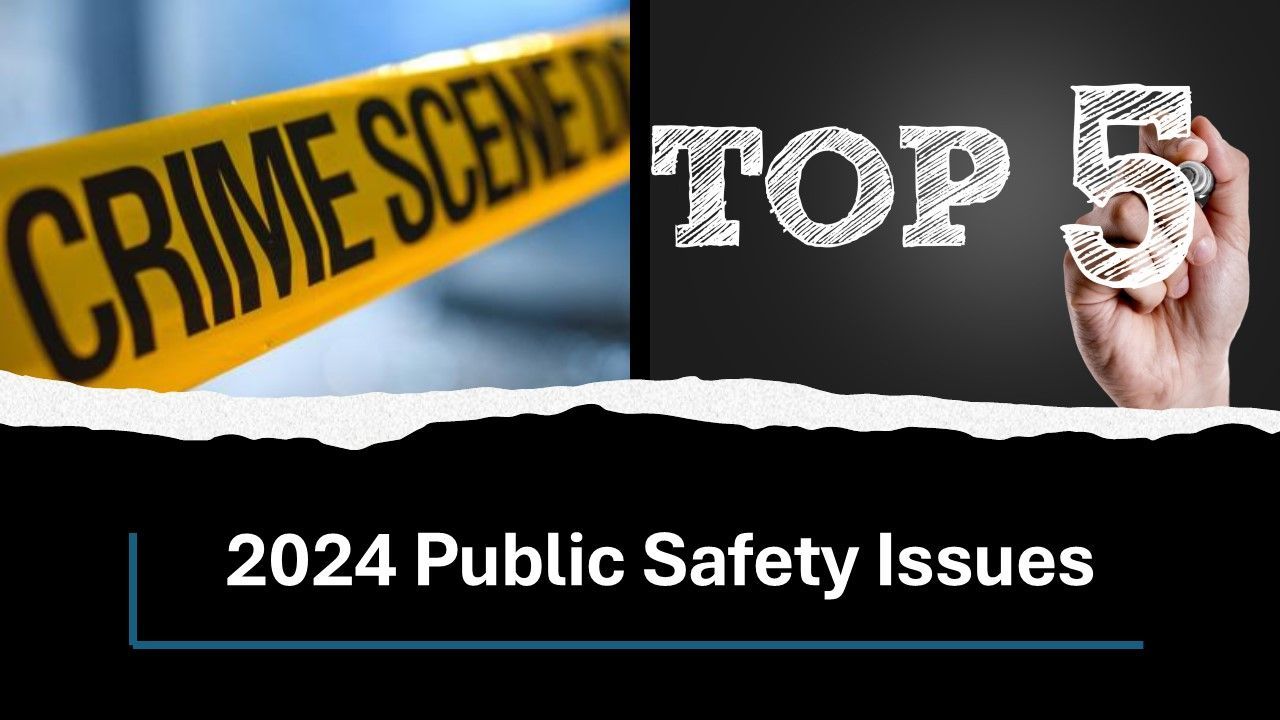New Paragraph

The death of an African-American man at the hands of Minneapolis police on May 25th has once again spawned numerous violent protests across the U.S. over what was obviously a criminal act by at least some of the four involved officers. One of the officers quite calmly knelt on the neck of George Floyd – who had been arrested for suspicion of a minor criminal offence, for just shy of nine minutes. Floyd was clearly in distress for about six of those minutes and totally unresponsive for almost three, however that knee remained planted on his neck throughout.
Carotid artery restraints by police have led to a number of unintentional deaths across North America in the past and as a result most police departments have eliminated them from officer safety training and educate officers about the dangers involved in that practice. “Positional asphyxia” is another concern when an arrested subject is restrained in a position that causes breathing challenges.
Having said that, when an officer is fighting for his or her life, anything goes, including the use of techniques that may result in the death of the attacker. But we didn’t see such a threat in the George Floyd case. On the video we did see a large man who was handcuffed behind his back mildly resisting police, but largely under control by the three officers holding him down while a fourth stood and watched the concerned crowd. Floyd continued to say that he couldn’t breathe. I’d be trying to wrestle my way out of that position too if I struggled to breathe, which begs the question, was he resisting arrest or resisting death?
Derek Chauvin, the officer that knelt on Mr. Floyd’s neck and is now charged with 3rd Degree Murder, did not appear to be afraid for his safety at all. In fact he actually had his left hand in his pants pocket throughout most of the incident. His posture was not at all indicative of fear of serious injury.
All four officers were immediately fired from the police department. Good. Then Chauvin was arrested four days later. The fact that his arrest took so long understandably concerns Mr. Floyd’s family and the public. I appreciate that the investigators and prosecutor wanted to get it right. Police do have the legal authority to take lives when fearing for their lives or the lives of others, so confirming or negating such justification would be key in determining charges, as would clarifying whether the death was intentional (1st or 2nd Degree murder) or conscious recklessness (3rd Degree).
Examining the legality of the arrest of Mr. Floyd would be essential, but not onerous. Determining cause of death including conducting toxicological tests always takes a day or two. Interviewing witnesses takes time. Viewing different videos from various angles including body camera footage requires some work. Investigating potential relationship issues between Chauvin and Mr. Floyd – given that they apparently worked at the same club for a number of years, would be important in terms of any conflict that may have pre-existed between them. But is four days acceptable for all of this concurrent effort? Not in my view, but I admit I don’t know all the factors and challenges they faced.
So what happens now for the other three former officers? Did any of them try to stop Chauvin? Hennepin County Attorney Mike Freeman suggested Friday that he anticipates charges. It has been reported that one of the officers expressed concern about Floyd’s position and suggested rolling him over. A subsequent check for Floyd’s pulse appeared futile. Why wouldn’t they then remove the handcuffs and start CPR even if they had to arrest Chauvin to do so? Thin blue line be damned, the out of control officer needed to be stopped.
In my view, Chauvin’s actions are inexcusable and undoubtedly criminal. The apparent inaction by the other officers to stop him is unacceptable and perhaps criminal. All in all it was a horrifying event that taints police across North America. It made me ill to watch it and I haven’t talked to a single serving or retired police officer that isn’t sick over what they saw in the video of the last nine minutes of the life of George Floyd. I can only imagine how his family felt.
Was it racism, just police brutality or both? I don’t know, but I can understand why African-American people all over the continent would view it as yet another example of police racism. There are racists in policing. It’s simply not enough to point out – as I often do, that thankfully the numbers are minimal and that the vast majority of officers are not. Even one racist officer is beyond acceptable and the public deserves better. African-American people have been experiencing racism and socio-economic inequity for centuries. They have also repeatedly heard from elected leaders that “something has to change”, but it doesn’t. It’s very similar in many ways to the concerns of Canada’s Indigenous people which has led to protracted and sometimes violent protests across this country. The FBI is now tasked with investigating the civil rights aspect of Mr. Floyd’s death and if there was a racist facet, the former officers will have even bigger legal fish to fry.
The horrendous criminal actions of a bully cop in Minneapolis or anywhere for that matter is intolerable, and such blemishes on the police community must be excised quickly and decisively through due process. We haven’t always seen that in the past which is a total failure by some elected officials and some police agencies, which furthers levels of emotion and frustration.
But violence begets violence, so cooler heads need to prevail before the current tension spirals downward into civil war. I don’t see the current divisive and inflammatory U.S. President up to the challenge of leading the country through that hell. Something indeed has to change – once and for all, in policing and beyond.

All Rights Reserved | Lighthouse Leadership Services | WebXpertz



